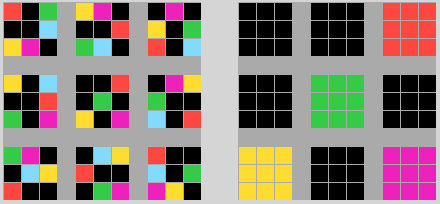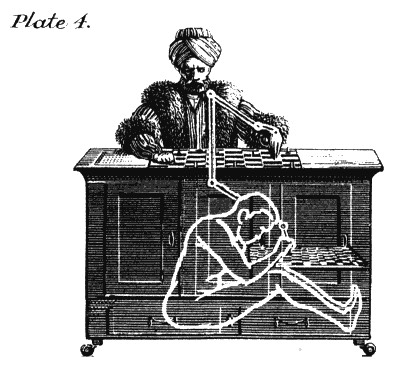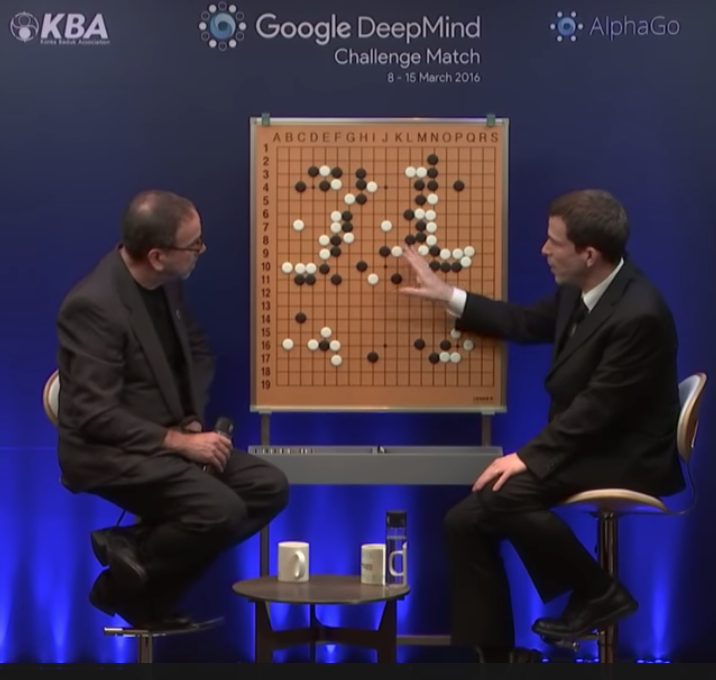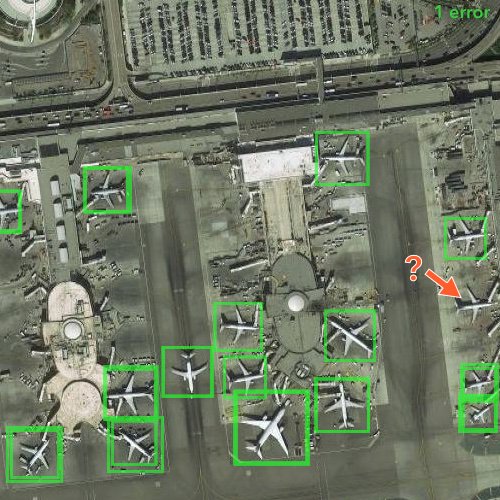
I'm humbled by the recent advances in NLP. I was testing this Keras model on @huggingface (huggingface.co/keras-io/trans…) using the abstract of a random (but good) ML article:
arxiv.org/pdf/2002.09405…
arxiv.org/pdf/2002.09405…
Q: "Which examples of simulated environments are given in the text ?"
A: "fluids, rigid solids, and deformable materials"
👍 spot on
A: "fluids, rigid solids, and deformable materials"
👍 spot on
Q: "What does this new model do better than previous instances ?"
R: "advances the state-of-the-art in learned physical simulation"
👍👍 yep!
R: "advances the state-of-the-art in learned physical simulation"
👍👍 yep!
Q: "What is this article about ?"
A: "Graph Network-based Simulators"
👍👍👍 indeed
A: "Graph Network-based Simulators"
👍👍👍 indeed
Q: "How does the model work ?"
A: "advances the state of the art"
❌ Nope! It did not get this one.
A: "advances the state of the art"
❌ Nope! It did not get this one.
Q: "Which type of neural network is the model based on ?"
A: "Graph Network"
👍 good answer again
A: "Graph Network"
👍 good answer again
4/5 great answers without (much) cherry-picking. I did not ask yes/no questions because the model cannot give yes/no answers.
All in all, rather impressive. You can train this yourself on keras.io:
keras.io/examples/nlp/q…
All in all, rather impressive. You can train this yourself on keras.io:
keras.io/examples/nlp/q…
• • •
Missing some Tweet in this thread? You can try to
force a refresh
























